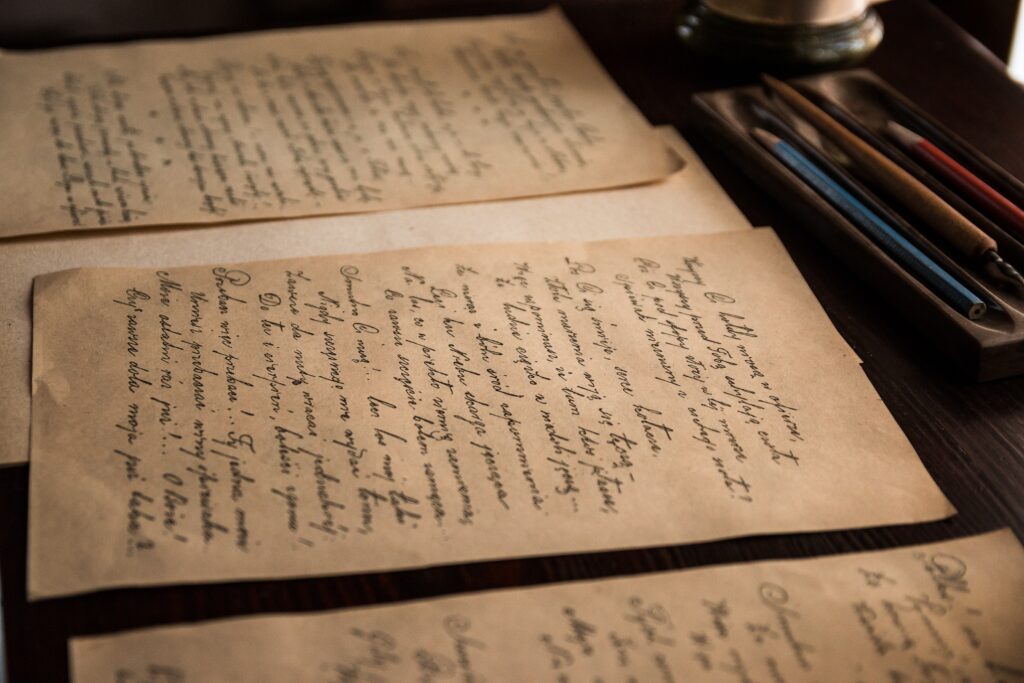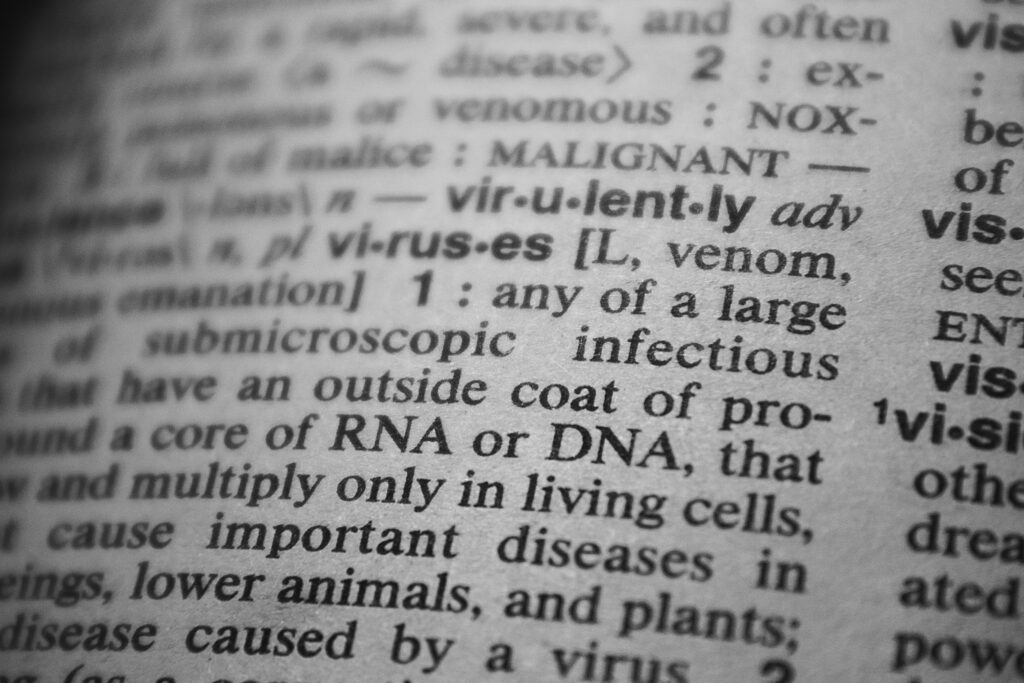Records and Sources
Once you've gathered as much information as possible from living family members, it's time to gather the evidence. With the basic info in hand, expand your research by looking for records such as census records, marriage licenses, and death certificates to verify and add to the information you already have. These records may also provide information that helps you get back to the 'next' generation.
Records on the Internet
FamilySearch.org
An excellent place to start researching on the Internet is the FamilySearch web site. This site is maintained by The Church of Jesus Christ of Latter-Day Saints. It is a direct link into the Family History Library — the largest genealogical library in the world — in Salt Lake City, Utah. Research has also been made easier with all the church records of Scotland having been placed on CD-ROM.
Ancestry.com
Ancestry.com is one of the most popular genealogy websites. It is not affiliated with any specific library, but it does have partnerships with several libraries and archives around the world. These partnerships allow Ancestry.com to digitize and make available online a wide range of historical records that would otherwise be difficult or impossible to access. Some of the archives and libraries that Ancestry.com has partnered with include the National Archives and Records Administration (NARA), the U.S. Census Bureau, the Library of Congress, the New York Public Library, the British Library, and many others.
Online Records
Both sites, and many others, offer a variety of features and tools for researching genealogy. These include access to census records, vital records, immigration records, military records, and more. These records are sourced from archives and libraries around the world and are searchable by name, date, location, and other criteria.
As much as we love the conviences and ease of use that the internet provides, we do want to remind you to be careful using data from web sites. It's a good place for starting a map, but it is often inaccurate if you're looking an index. The first rule is always to check all data - go to the original source if possible.
Census Records
U.S. Census
Census records are a valuable resource for genealogy research as they can provide a wealth of information about your ancestors, including their names, ages, birthplaces, occupation, and family relationships. The United States census began in 1790 and is conducted every 10 years. The information recorded in the census has varied over time, with more detailed information being recorded in more recent censuses. For example, from 1790–1840, only the head of household was listed. Currently, the 1950 census is the most recent census that is publicly available due to the 72-year rule. For more information, check out the US Census Bureau website.
Scotland Census
The first national census in Scotland was taken in 1801. Since then, censuses have been taken every 10 years, with the exception of 1941. The most recent census available for Scotland is the 1911 census. The census records for Scotland are held by the National Records of Scotland (NRS) and are available for viewing at the NRS reading rooms in Edinburgh and at local archives throughout Scotland. Some census records have been digitized and are available online through resources such as Scotland's People. Scotland's People is a website run by the NRS and allows access to a wide range of genealogy records including census records, birth, marriage, and death records, wills, and military records.
Physical Visits
Visiting either the National Archives or the Family History Library gives you the opportunity to view some of the original, physical documents. Seeing the real document provides a sense of authenticity and connection to one's ancestors that can't be replicated online. Another bonus to visiting is the knowledgeable staff who can help with research or provide guidance on how to navigate the collections. If you ever have the chance, we certainly recommend visiting!
Family History Library (FHL)
The FHL is located in Salt Lake City, Utah, and is the largest genealogy library in the world. It is operated by the Family History Department of the LDS Church, and is open to the public free of charge. The FHL has an extensive collection of genealogy records, including census records, vital records, immigration records, military records, and more. The collection includes records from all over the world, but with a focus on the United States and Europe. The FHL also has a large collection of microfilmed and digitized records, including records that are not available online or in other libraries.
In addition to the FHL, the LDS Church also operates more than 4,900 Family History Centers around the world. These sites provide access to the FHL's microfilm and digital collections, as well as assistance from trained staff and volunteers. They are open to the public free of charge, though not all of them are open full-time.
The National Archives (NARA)
The United States has several locations where the National Archives and Records Administration (NARA) maintains facilities and archives. The main facility is the National Archives Building in Washington, D.C., which houses the original copies of important documents such as the Declaration of Independence, the U.S. Constitution, and the Bill of Rights.
In addition to the main facility in Washington, D.C., the NARA operates several regional facilities across the country, including:
- National Archives at Atlanta (Georgia)
- National Archives at Boston (Massachusetts)
- National Archives at Chicago (Illinois)
- National Archives at Denver (Colorado)
- National Archives at Fort Worth (Texas)
- National Archives at Kansas City (Missouri)
- National Archives at New York City (New York)
- National Archives at Philadelphia (Pennsylvania)
- National Archives at Riverside (California)
- National Archives at San Francisco (California)
- National Archives at Seattle (Washington)
These regional facilities hold records from federal agencies and courts in the regions. They serve, and provide research and reference services to the public. Some also have exhibitions, educational programs, and other public events.



